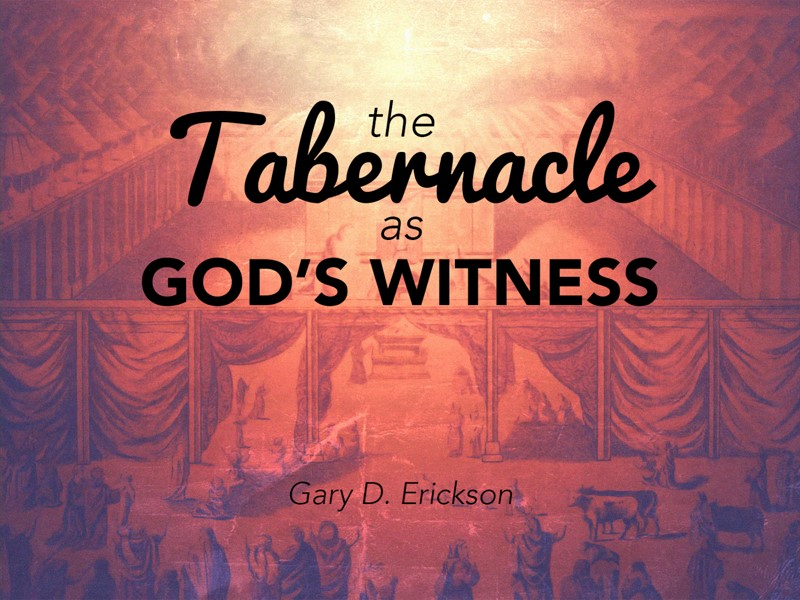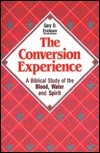It was the epitome of holiness and sanctity. This room was the most sacred spot on the face of the earth. Heaven is a perfect and holy place. The priest had to be pure before entering the Holiest of Holies. Purity is also required to enter heaven. The mercy seat had a cherub at each end. Heaven is the home of angels.

By Gary D. Erickson
To View the Entire Article, Click Here
To Download the Entire Article, Outline, or PowerPoint, Click Here
“The Holy Ghost this signifying, that the way into the holiest of all was not yet made manifest, while as the first tabernacle was yet standing: which was a figure for the time then present, in which were offered both gifts and sacrifices, that could not make him that did the service perfect. . . .But Christ being come an high priest of good things to come, by a greater and more perfect tabernacle, not made with hands, that is to say, not of this building” (Hebrews 9:8-9, 11).
According to Hebrews 9, the Tabernacle of the Old Testament is a type of New Testament salvation. A Bible scholar has written this description of the Tabernacle:
Imagine a fifteen-by-forty-five-foot house, constructed of three tons of gold, five tons of silver, four tons of brass, and an assortment of jewels, fine wood, and fancy tapestries. This was the tabernacle, the portable house of worship built by a horde of escaped slaves. In the providence of God, the amazing project was financed by the farewell gifts to the children of Israel by their erstwhile captors, the Egyptians. Considering labor and materials prescribed by God Himself, such a building could not be erected today for less than $ 10 million.’
The Tabernacle was God’s method of communing and dwelling with Israel. “And let them make me a sanctuary; that I may dwell among them” (Exodus 25:8). This portable tent like structure was to be a place of worship and sacrifice. Its exact specifications were given to Moses at Mt. Sinai (Exodus 25-31).
Since the Israelites were a mobile people, this tent sanctuary became God’s localized dwelling place in Israel for 400 years. Even after reaching Canaan, the Tabernacle was erected at Shiloh. It was not until Solomon’s Temple was constructed that the Tabernacle was no longer used.
Although the Tabernacle had an immediate use for the Israelites, it also became a type or shadow of something better to come. The law of Moses, of which the Tabernacle was a part, is described as a “schoolmaster” to bring us to Christ (Galatians 3:24). The entire Tabernacle plan, priesthood and ceremonial law is rich with typology relating to the work of Jesus Christ and illustrates man’s approach to God. A step-by-step analysis of the priest’s approach to God in the Tabernacle reveals important corresponding truths concerning our approach to God today.
The innermost room of the Tabernacle was called the Holiest of Holies. This room is a type of heaven and of the abiding presence of God’s Holy Spirit. “For Christ is not entered into the holy places made with hands, which are the figures of the true; but into heaven itself, now to appear in the presence of God for us” (Hebrews 9:24). It is a type of heaven in the following ways.
To View the Entire Article, Click Here
To Download the Entire Article, Outline, or PowerPoint, Click Here



